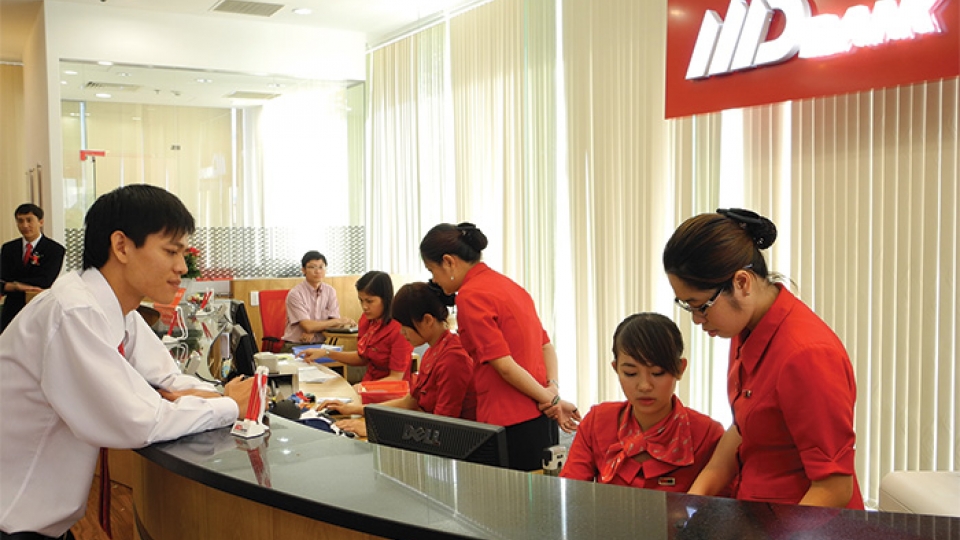China’s statistics show that bilateral trade revenue hit US$95.8 billion in 2015, a year-on-year increase of 14.6%. That included US$66.1 billion in China’s exports to and US$29.7 billion in its imports from Vietnam, up 3.8 percent and 49.1% from 2014 respectively.
Vietnam – China trade now accounts for 2.4% of China’s total trade turnover, rising by 1.4 percentage points from five years previously.
In January 2016, US$7.8 billion worth of goods were traded between the two neighbours, the counsellor noted.
Based on those facts, he forecast they can reach the target trade of US$100 billion this year, one year ahead of schedule, and turn Vietnam into China’s biggest ASEAN trade partner.
Regarding the imbalance in bilateral trade, Hu said the problem is being improved, citing his country’s data that Vietnam’s deficit in trade with China last year declined US$7.4 billion from 2014.
However, he also admitted that such imbalance cannot be solved in a short period of time.
To help their trade develop more sustainably, the nations have employed various measures to re-balance trade, he said, adding that Vietnam has shipped a number of electronic products, machinery and high added-value goods to China, which in turn has boosted imports from Vietnam.
The official said cross-border trade is an important part in their trade relationship. The two countries are negotiating a bilateral cross-border trade agreement. The group on border trade cooperation will hold a meeting in China’s Yunnan province on March 23 – 24 during which they will review the agreement and strive to sign it in 2016.
Hu considered Vietnam’s revised Law on Investment, announced in July 2015, as relatively flexible. It aims to create an equal, fair and open environment for foreign invested businesses.
At present, China ranks ninth among countries and territories pouring direct investment in Vietnam, he added.
